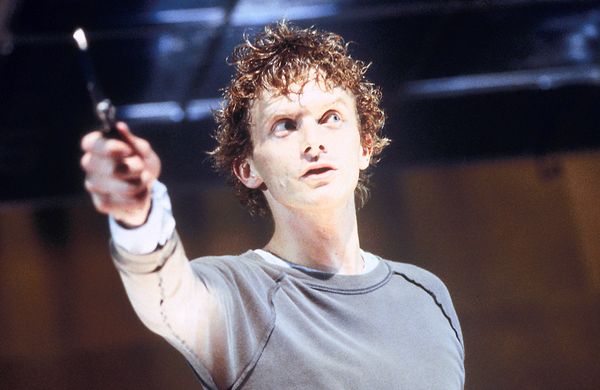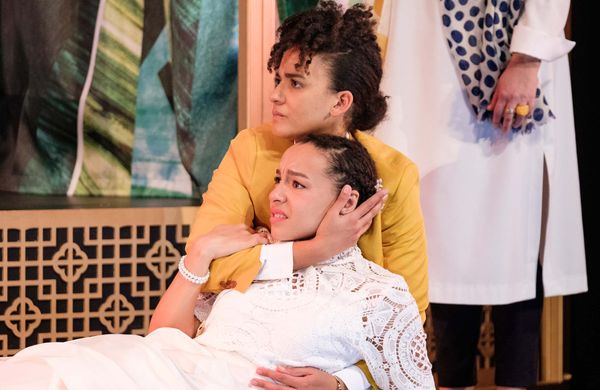To this day, Shakespeare remains arguably unrivalled in his ability to understand and explore humanity on stage. By holding up a “mirror to nature” (Hamlet, Act 3, Scene 2), he shone a light on our glories and flaws, and explored what it means to be human.
Through his characters, Shakespeare wrote about people from across the spectrum of society – from kings, queens and nobility, to those of much lower social stature. What is clear from his vast breadth of work, is his determination to show that one’s status in society does not affect what one experiences. Kings and queens are just as susceptible to the full range of human experiences and emotions as those occupying a lower rung in societal structure.
Just like modern-day humans, we witness Shakespeare’s characters live the full range of the human experience from youthful wonder, innocence and first love, through to extreme experiences of guilt, grief, loss, hate, prejudice, persecution and rebellion. We see characters in intimate domestic settings right through to all-out war on battlefields. We see characters fall in love, right through to characters who murder or torture others. Of course, the journey is not all dark, as we know the human experience is one of light and shade. Throughout his plays, we witness how individual and collective human experiences differ. We are able to see the complexity and anomalies in human behaviour, and the paradoxes that exist often within the same experience. For many of Shakespeare’s characters, we see their journey end with facing the end of life, as we must all do one day.


Shakespeare was revolutionary in the way he represented human beings on stage. Before Shakespeare’s plays, writers often presented characters as two-dimensional and audiences were very familiar with this. Before Shakespeare’s time, audiences would be able to easily identify on stage which characters were ‘good’ and which characters were ‘evil.’ Plays were often didactic, conveying a message or moral. These ‘Morality Plays’ were often performed on church steps to further emphasise religious messages. In fact, costumes and masks were often used to clearly depict ‘good’ characters from ‘bad’ ones - such as using white to denote honesty and goodness, and black to depict sinful or evil characters. Through their writing, playwrights made it very clear what they wanted the audience to think or feel. There was no room for nuance or interpretation. This is not to say that humans in Shakespeare’s day were less complex than they are now, but the way they were depicted on stage by other writers was incredibly simplistic.
Consider then the writing of Shakespeare, introduced into this audience’s frame of mind. From black-and-white portrayals of good and evil, suddenly audiences were presented with characters like Hamlet and Macbeth. These characters deliver soliloquies about moral dilemmas, right and wrong, asking questions and debating themselves within the same speech. They decide to act a certain way and then do the complete opposite. These characters are flawed, inconsistent, and remarkably ‘human.’


Shakespeare delivered to his audience a true-to-life depiction of humans in all their complexity. His characters are driven by a range of emotions, often competing emotions, making for engaging and complex drama. Shakespeare’s plays cover a range of themes and ideas, but he was an expert in leaving his stories open to interpretation and debate, rather than telling us what to think. That is one reason why, to this day, Shakespeare’s plays are still discussed and studied and hotly contested in terms of subject matter and meaning.
We often think that Shakespeare’s great legacy is his language, however his ability to write three-dimensional humans also had a revolutionary impact on modern literature and art.


